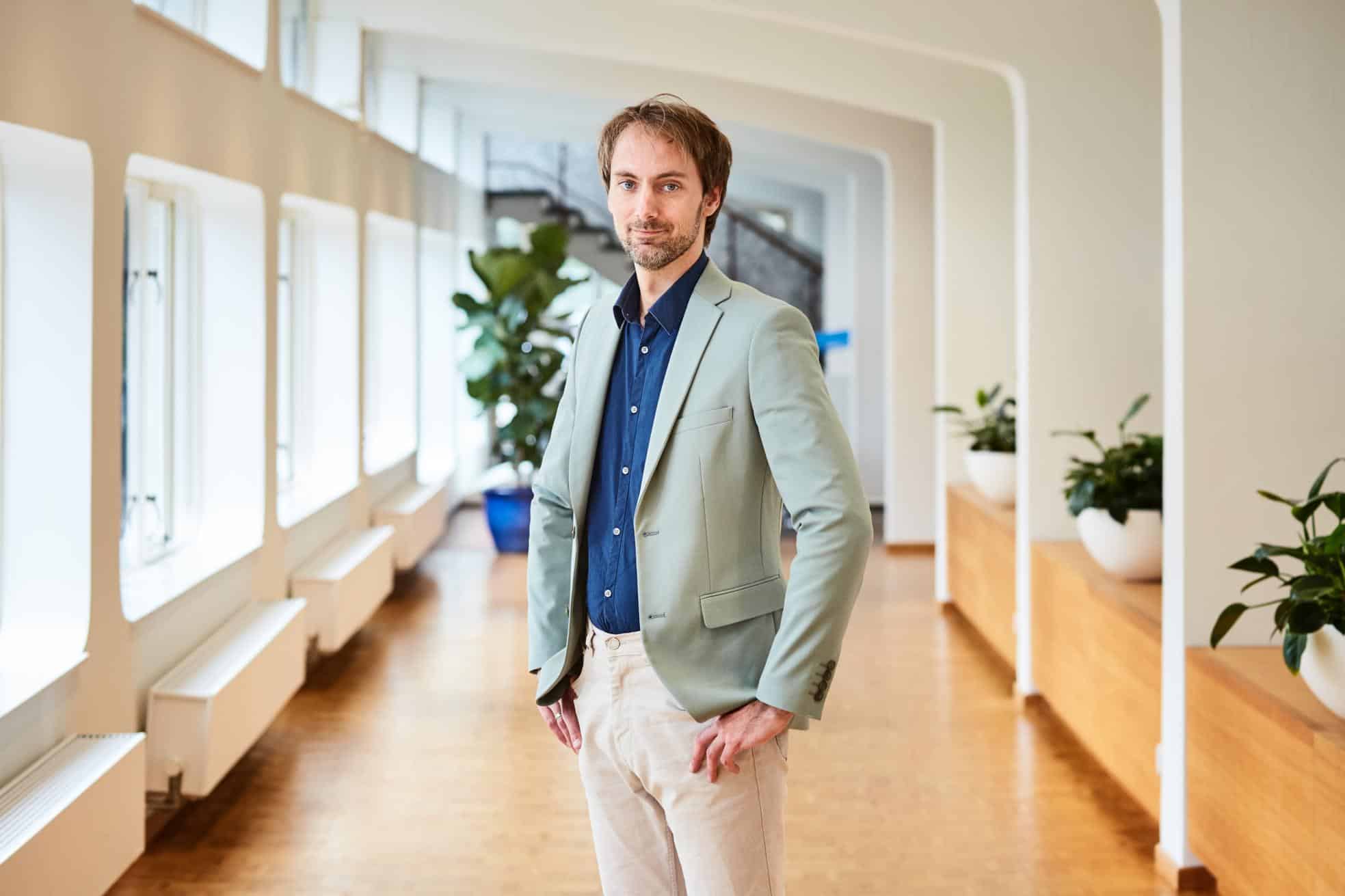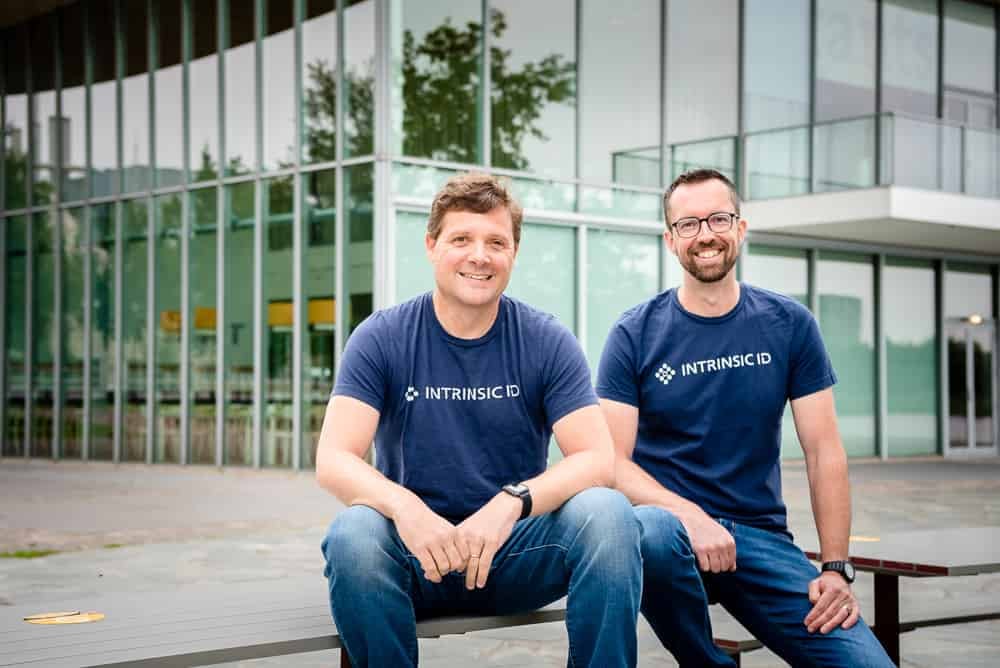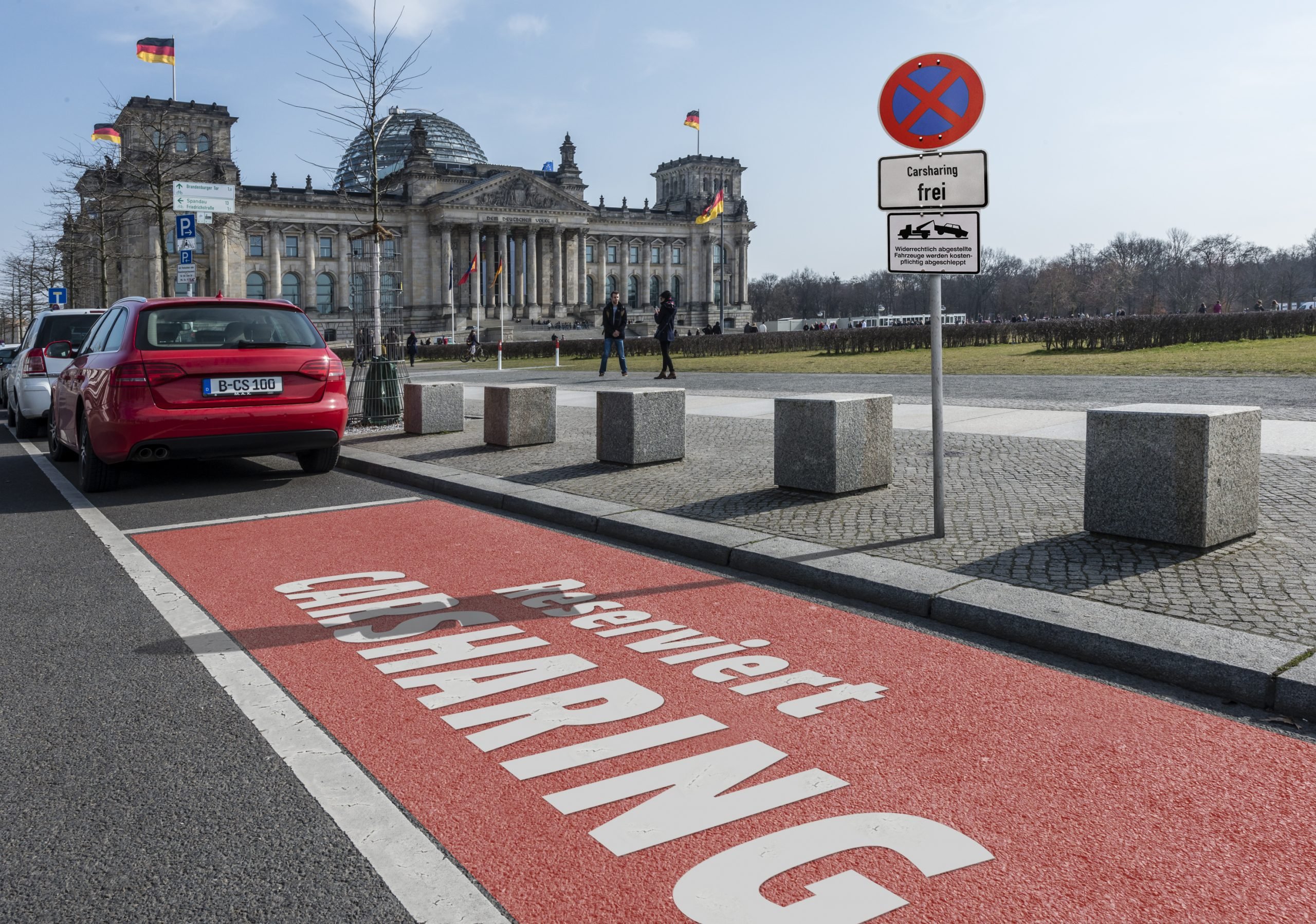
“They promised us flying cars, but we got traffic jams at ASML.” It is Carlo van de Weijer all over: the man who makes us look at the present and future of mobility with realism. During a meeting in which the chip machine builder from Veldhoven highlights the different ways to keep its employees commuting on the right track in the coming years, Van de Weijer is asked to give his unvarnished vision of the trends he observes.
- People have an intrinsic need for mobility: well over an hour daily.
- The future of mobility will continue to revolve mainly around the car.
- The government would do well to improve the infrastructure for bicycles further. That is more effective than more Public Transportation.
His main themes are familiar: mobility is necessary for life, the car will remain in the center of our transportation pattern, and anything that moves on rails is too expensive and inconvenient. But that is only the surface because, under the hood, there is plenty of movement in how we get around. “It’s necessary,” he says, “because we have some problems to solve. Society is suffering a lot of damage because of the way we currently have our traffic set up. Think of 3 to 6 percent of the GDP we now lose due to pollution, traffic jams, space, noise pollution, and last but not least: casualties.”
Improvement
As for those accidents, we have seen a steady decline in traffic casualties since 1970, but that has now taken a turn for the worse. “We are seeing more bicycle casualties again, for example. That has to do with our driving behavior and the means of transportation and infrastructure. In all those areas, there are still plenty of opportunities for improvement.” And don’t tell Van de Weijer that all those old people on e-bikes are part of the problem. “Quite the opposite. Thanks to the e-bike, six times as many elderly people have started – or continued – to cycle. Of course, that causes more accidents, but that is more due to their number than their driving behavior. We should be especially pleased with this trend.”
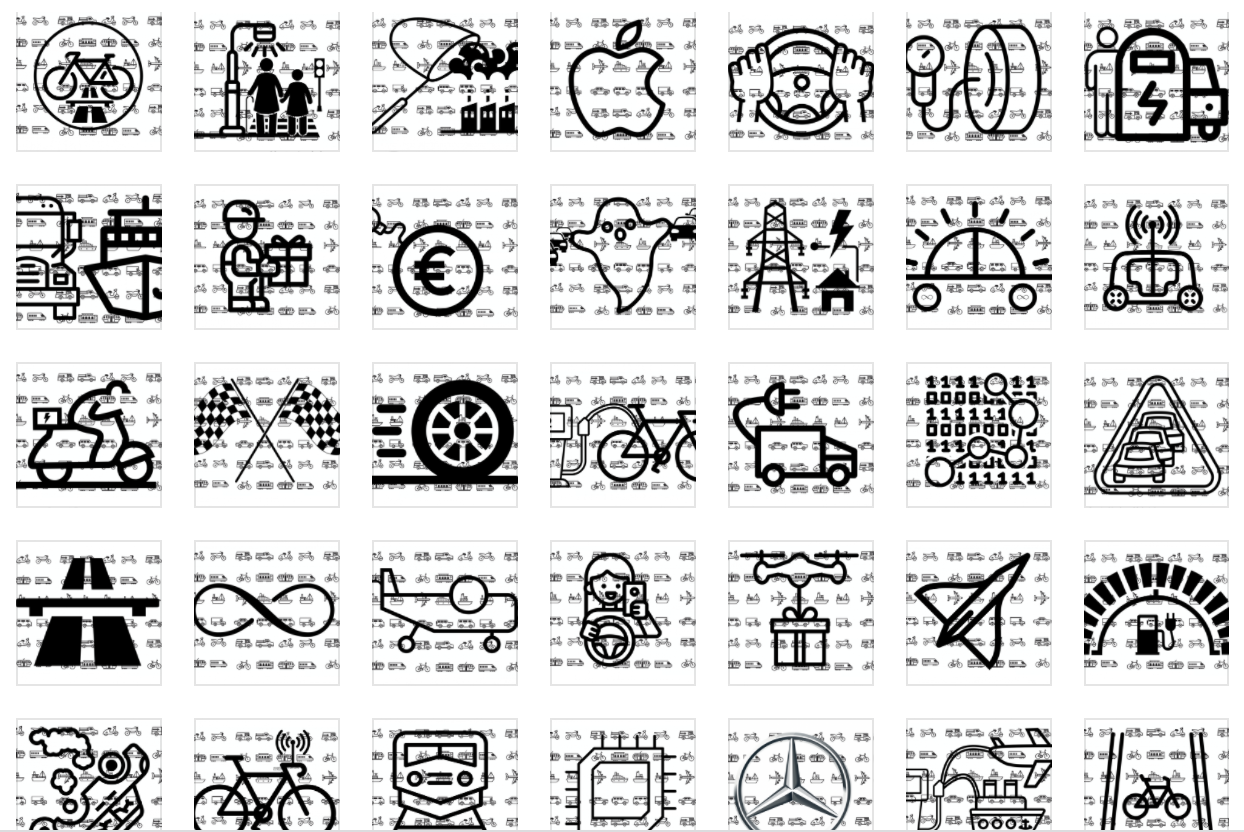
There are roughly three possible strategies for coping with the traffic pressure – with all its negative consequences for society – says Van de Weijer. “The first strategy is one of ‘hope for the best’. I don’t think that’s too good an option. The second one you hear a bit more often recently: Consume-less or de-growth. That may sound very laudatory but that’s not how humans act. It’s also an elitist solution because you can go from four long-distance vacations a year to two, but what does someone who can’t afford one plane trip do? Moreover, this would be a partial solution at best, as we saw during Corona. We ended up emitting about 7 percent less CO2 in that period, but that is not nearly enough for our goals. No, I see more in strategy number three: we innovate our way out of the crisis.”
Old cars
To back that up, Van de Weijer shows how much safer and cleaner modern cars are compared to the past. “And we are far from finished in that respect. With radar, lidar, abs, esp, and all those other improvements, cars are getting safer and safer. Fatal accidents occur mostly with old cars. And I’m not just talking about protecting the driver, but especially those around him. Implicit safe driving is coming. And partly because of that, we should be able to reduce societal costs to 0 to 1 percent of GDP, instead of those 3 to 6 percent.”
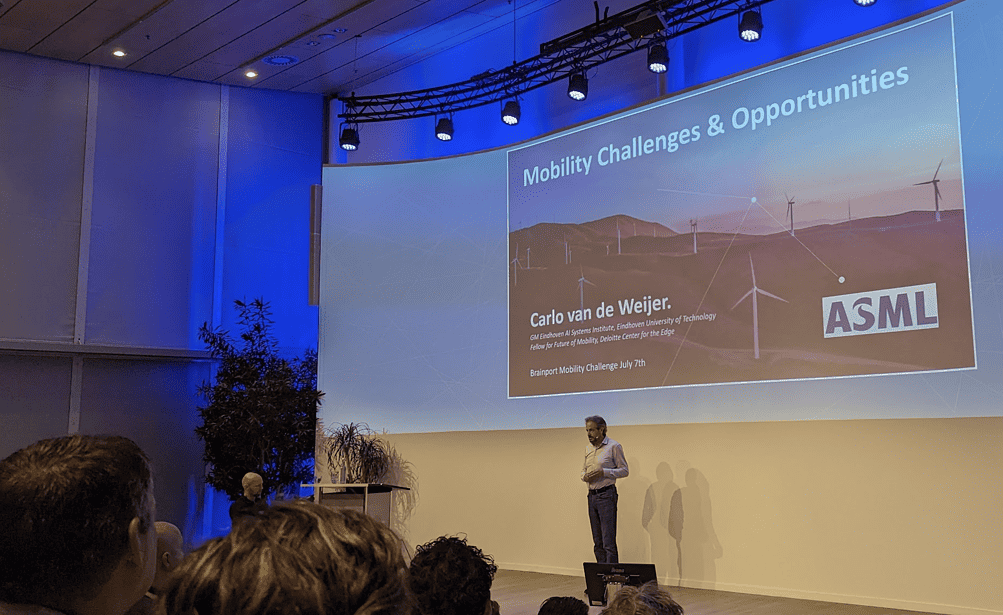
The most important trends for the coming years? Van de Weijer lists what he sees as the four most striking t him. “The first one, we already see plenty of around us: all car traffic will be electric. And by electric, I mean battery-electric. Hydrogen is not for cars. In addition, individual mobility will become cheaper, and at the same time, collective transport will only become more expensive. That in itself creates another trend, which is that we will need more infrastructure space. So we will have to get smarter about that. The last trend is one of decreasing tolerance toward poor road safety. That too has to do with infrastructure.” It’s no surprise that all four trends he mentions are directly related to innovations that are already on the way.
Nor is it unexpected that many of those innovations are related to artificial intelligence. Van de Weijer is the director of the Eindhoven AI Systems Institute (EAISI) for a good reason. But a world full of driverless vehicles is not a priority in his opinion. “Let’s focus on safety first. Most accidents that happen in traffic could have been prevented with technology that is already on the shelf. We need to improve that technology and put it into cars, trucks, trains, and everything else to make them safer.”
Biological desires
To do something about the increasing use of space, fewer people would have to drive cars. But that is not so easy, says Van de Weijer. “After all, the car meets our biological desires very well. The car is the ideal means to meet our primary transportation needs. Somehow, for as long as we have existed, we have wanted to be traveling for a bit more than an hour a day. There is no movement at all in that phenomenon. However, thanks in part to that car, we have started to travel more and more individually and farther in that hour. The car offers us the comfort we are looking for: even if we are stuck in traffic every day, that car gives us the idea that we have our fate in our own hands – which is different in public transport. For that reason, even the shared car will not become a real alternative.”
The bicycle can be though, he says. “It’s essential that we massively improve the cycling infrastructure, which also benefits the economy most. So instead of infrastructure porn like an underground bus station, we’d rather have better and wider bike lanes, grade-separated crossings with highways, and lots of safe parking facilities. The Hovenring in Eindhoven is wonderful, but not enough. We need a miraculous Hovenring multiplication. And please also encourage the use of speed pedelecs: they offer a serious alternative in commuting even on longer travel distances.”
But no matter how attractive the bicycle becomes, the car will not disappear just like that. And neither will traffic jams. Van de Weijer still sees a few quick wins there. “Ban employer meetings earlier than 10 a.m., adjust to handling your mail during traffic jams, and design the city so that parking spaces and freeways disappear underground wherever possible.”
Seven thousand drones
What does all this mean for our mobility in the coming years? Let’s check off the major players:
- Car: “Cars will become cheaper, better, more sustainable. But let’s make its use a little more expensive so it all remains manageable.”
- Bicycle: “Without a doubt, the savior of the city.”
- Plane: “This will be the most sustainable long-distance option, especially since it does not require additional infrastructure.”
- Train: “It will continue to be needed to connect cities, but its enormous cost will become increasingly difficult to justify.”
- High-speed trains: “At most marginal effect, they bring us nothing compared to air travel.”
- Taxidrones, hyperloop, hydrogen rocket suits: “All nice as experiments, but they are not going to play any significant role.”
- Mobility-as-a-service, shared cars, autonomous shuttle services: “These remain a minimal part of our transportation package.
So at the end of the day, what will become of that time-honored dream of the flying car? Although Van de Weijer expects a lot from air travel, even for medium distances, he doesn’t see it happening so quickly at the urban level. “Well, that daily traffic jam is irritating, but can you see us flying in seven thousand drones to ASML simultaneously? It might fulfill our ultimate dream, but it solves nothing. No, then I would still prefer the traffic jam.”




